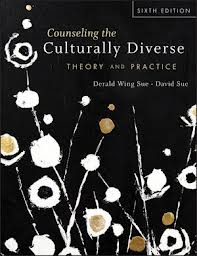Authors: Tucker Mays and Bob Sloane
Publisher: Mira Digital Publishing Inc., 112 pages
Book Review by Paiso Jamakar
Age bias is often a problem for job seekers over 50. Tucker Mays and Bob Sloane went through the difficulties and obstacles related to age but overcame them and found the positions they were seeking.
They share their experiences in this handy book and useful book, and lay out a plan for those who were fired or let go when they were over fifty years old. They present case studies as well.
This is a very practical, down-to-earth guide tailored specially for the 50-and-over group of people seeking to re-enter the workforce in today’s tough economy of corporate cutbacks and downsizing.
The authors are co-founders (in 2001) of Optimarket, described as “a coaching service to provide executives with personalized two-on-one coaching and customized skills, tools and training to find their job in the shortest time possible.”
Tucker Mays and Bob Sloane write that after having held positions in “diverse, small and midsize companies” they lost their jobs in the corporate “restructuring” in the 1990s. It was then that the founded a networking group to help middle-aged executives overcome the problems they were having in getting jobs despite their past performance in the companies they had worked.
They write of their networking, their job-search obstacles and their eventual success: “There we discovered we had a lot in common, confirmed our age was being held against us, and agreed to work together to find new ways to overcome the unique job search challenges we faced in middle age. It worked, and we each found great jobs in record time.”
They discuss in this book the typical reasons why interviewees in their fifties, sixties and older are not hired, and specifically how to either answer questions related to these issues, or to make statements that will address such assumptions in the minds of the interviewers.
Some of the concerns that recruiters have about the 50-plus applicants are that they have low energy, a negative attitude, a “corporate” (not entrepreneurial) mindset, and high compensation needs. They are also incorrectly perceived as, or assumed to be, lacking: flexibility, current technology skills, good physical appearance, and a desire to report to a boss younger than themselves.
Tucker and Sloane provide advice on how to address and successfully overcome these real or perceived problems about senior candidates for company positions. A reading alone of the solutions to these problems represents the immense value of this book.
In one of the chapters, “Overcoming the Age Bias” readers will find valuable tips on exactly how to stay positive in the midst of psychological and/or financial challenges posed by senior jobseekers. It is easy to tell people “think positive” but a whole lot more difficult when you are in their shoes, so to speak.
There are things that this particular age group of people can do to improve their chances of landing a job. Among them are staying in shape, volunteering in networking groups to meet or be referred potential employers, demonstrating management flexibility or your ability to work with a younger boss, never speaking of retirement, being and showing flexibility on pay and benefits, and talking about “intrepreneurial” experiences, negating your perceived “corporate” mindset.
A close reading, understanding and practice of these and other ways for 50-and-over jobseekers can elevate their level of success in getting the job they want. Read the book to find out exactly how to do this. These are not pie-in-sky concepts as some job-search books discuss at great length. The tips are practical and are based on solid, real case studies. The book is short and easy to read and follow.







